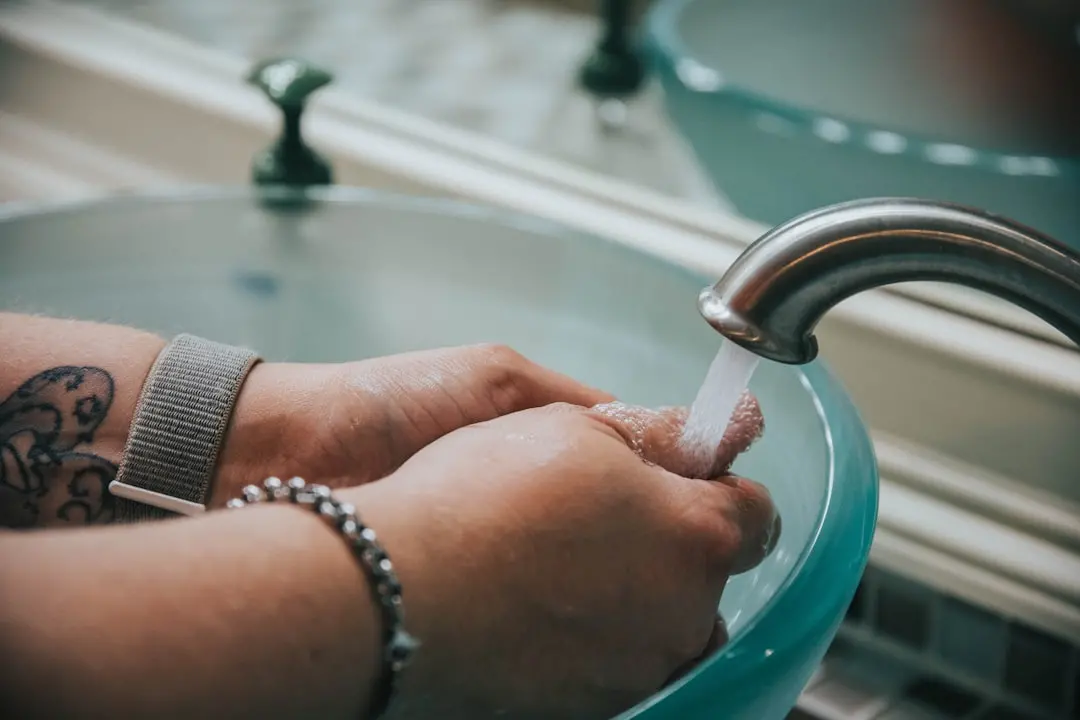Sieve pipes: «In Sardinia more than half of the water introduced into the network “disappears”»
Cgia: «Island among the regions where the situation is most critical. The dispersion percentage above 52%"Per restare aggiornato entra nel nostro canale Whatsapp
In Italy, for every 100 liters of water introduced into pipes for civil use, just under 58 reach the user. The other 42 (3.4 billion cubic metres) are lost along the water network which in many parts of the country is dated and in poor health.
This was revealed in a study by the CGIA, which highlights how Sardinia is one of the regions with the highest percentage of water dispersion. Precisely: 52.8% of the total entered into the network.
In the national "ranking" the Island is in fourth place , included in the territories where the situation is most "critical", after Basilicata (with a water dispersion of 65.5%), Abruzzo (62.5% ) and Molise (53.9%) and before Sicily (51.6%).
By contrast, Lombardy with 31.8%, Valle d'Aosta (29.8%) and Emilia Romagna (29.7%).
We therefore need to take action. For the construction of new primary water infrastructures - underlines CGIA - as well as for the repair, digitalisation and integrated monitoring of water networks to reduce water losses, the strengthening and modernization of the irrigation system in agriculture and for purification of waste water to be reused in agriculture and in the production sector, the Pnrr has allocated 4.3 billion euros, plus one billion from the MIT to reduce losses in the distribution networks.
«There are no miracle solutions - underlines the CGIA - but if we want to give water to a part of the country that risks desertification in the coming years it may not be enough to create new reservoirs, rationalize consumption and renovate the distribution network . As Saudi Arabia, Kuwait, Israel and partly also Spain have successfully done, it cannot be ruled out that Italy too should focus on the use of watermakers."
There is no shortage of contraindications: such as the high consumption of electricity that characterizes these systems and the problems of disposing of the chemical products that are used to desalinate the water. «But the latest generation systems - concludes the CGIA - have, at least in part, overcome many of these environmental problems. And although the watermakers in operation in Italy are small in size, those built on the Giglio Island, in Ustica and in Ponza have so far achieved very positive results."
(Unioneonline)
